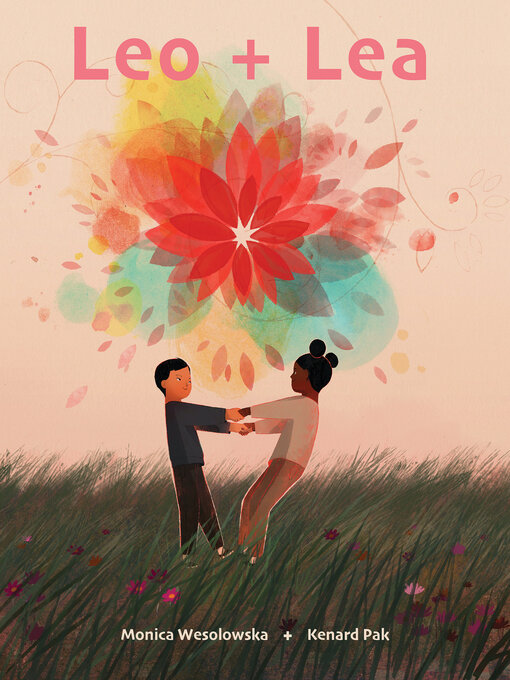A beautiful celebration of friendship, math, and art that honors different ways of seeing and being in the world.
"The mathematical wonder is creatively incorporated." - Kirkus Reviews
"It all adds up to an inventive, affecting story." - Publishers Weekly
One
boy
loves numbers.
Everywhere he looks
he sees things to count.
His classmates don't understand counting as he does.
A new girl loves patterns.
Could she be
a friend
for
Leo?
This beautiful friendship story, inspired by the Fibonacci sequence and cleverly constructed using its mathematical pattern, celebrates our differences, as well as how math connects us to one another.
Young readers will love counting the number of words per page and discovering how they echo the Fibonacci Sequence, a mathematical series in which each number is the sum of the previous two: 0, 1, 1, 2, 3, 5, 8, 13, 21, and so on to infinity! Text and art are masterfully conceived and constructed to reflect Leo's love of numbers. Even the color scheme in the striking illustrations follows a mathematical progression, bringing an underlying order and tranquility to the story. The mesmerizing symmetry of this fascinating and compulsively playable game of addition can also be found in the natural world and is an intriguing metaphor for the interconnectedness of all things.


